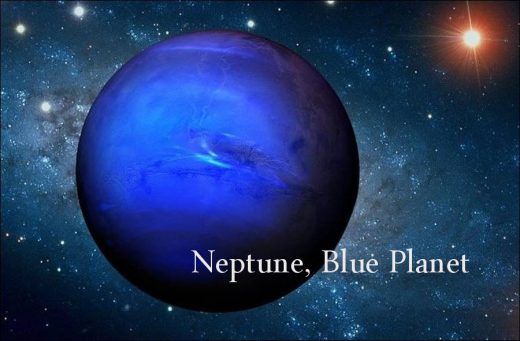Neptune is an icy planet that is blue in color and is the fourth largest planet in the Solar System. When looking at Neptune in smaller details, an observer will see a great deal of the planet’s blueness. smooth and even. However, when viewed in more detail, the streaks on the planet’s surface caused by storms in Neptune’s atmosphere are more pronounced.
While many planets in the Solar System have differences in color and texture on their surfaces, Neptune looks like a soft blue marble, with cloud systems of white and light blue forming round, striped shapes, although some images from NASA’s Voyager spacecraft show the planet’s blue surface marked.
In addition to being identified by its blueness, Neptune has several characteristic physical features, including what NASA calls the Great Dark Spot, a storm that creates a darker blue-gray spot on the planet’s surface.
Neptune has rings, but these rings are often invisible because they are so small. This eighth planet from the Sun has 13 known moons orbiting it. Sometimes described as the twin of Uranus, Neptune is the planet farthest from the Sun. Pluto secured this spot after it was reclassified as a dwarf planet in 2006.
Facts of Neptune
Neptune’s radius is 25,000 km. That is about 3 times the earth.
Views: 293





